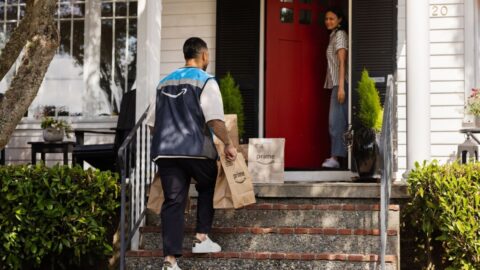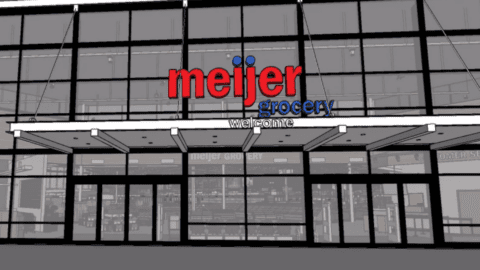Grocery delivery has become a a big business: 36% of shoppers will spend 26% to 40% of their grocery budget online as soon as next year, up from 10% in 2018, according to the Personalization in Digital Food Retail – Shoppers Expect More study by IDC Retail Insights and Precima. This market could reach $100 billion in annual sales by 2022, according to data from Food Marketing Institute.
As much as 75% of sales in the shelf-stable, general merchandise and health and beauty care departments could move online in the near future. The study found that 76% of shoppers plan to purchase shelf-stable, 81% general merchandise and 84% beauty and health care products online in the next 12 months. Fresh categories will be affected by the move to online as well:
- Delicatessen (56%);
- Dairy (56%);
- Bakery (55%);
- Produce (53%); and
- Meat (48%).
Retailers seeking to take advantage of the growing enthusiasm for online purchases will need to personalize their communications and offers. Loyalty programs offer a great vehicle for delivering personalization: 93% of shoppers belong to their primary grocer’s loyalty program, and 57% want the service to offer product recommendations. The study estimated that doing so would result in a 6.4% sales lift on average. Additionally, 48% of customers specifically want product suggestions that match their tastes and preferences, and 52% want personalized promotions.
Other benefits shoppers seek from loyalty programs include:
- Discounts and promotions (76%);
- Contact through their preferred device or channel (49%);
- Contact at the right times and frequency (43%); and
- Inspiring content such as recipes and healthy eating tips (39%).
Modern Supermarkets Must Keep Omnichannel In Mind
However, retailers should maintain their focus on physical stores even as they improve their digital content. Grocery shopping is becoming an omnichannel affair, not e-Commerce only, and supermarkets need to rethink their brick-and-mortar presence and optimize for shifting in-store shopping habits.
The study suggested that retailers will need to shrink some stores, reallocate space across departments and utilize stores as fulfillment centers to optimize themselves for the changing market. When it comes to shrinking stores, 53% of retailers said they would reduce space for non-food items, 28% would reduce space for center aisle products, and 19% would reduce space for fresh items.












